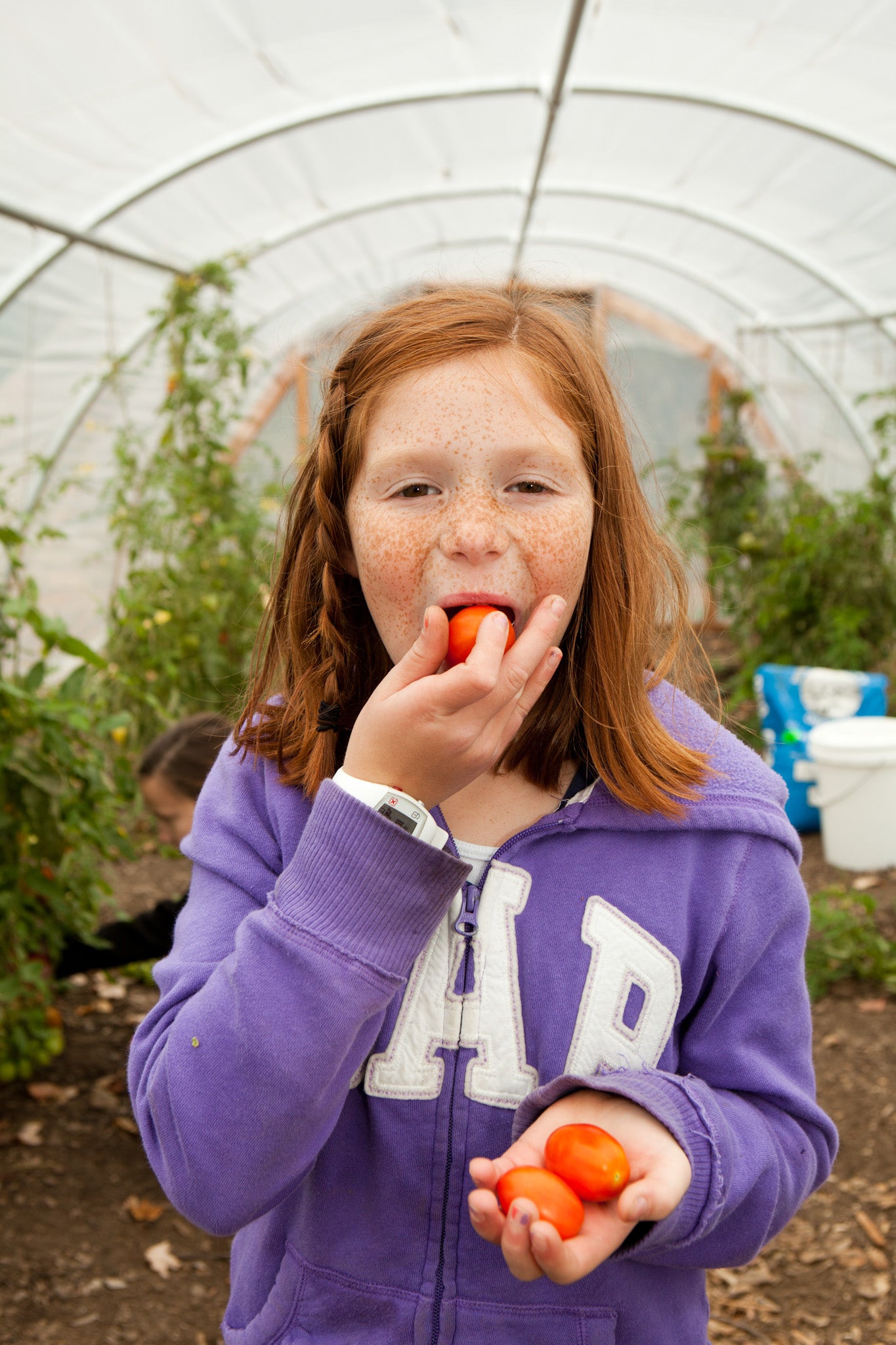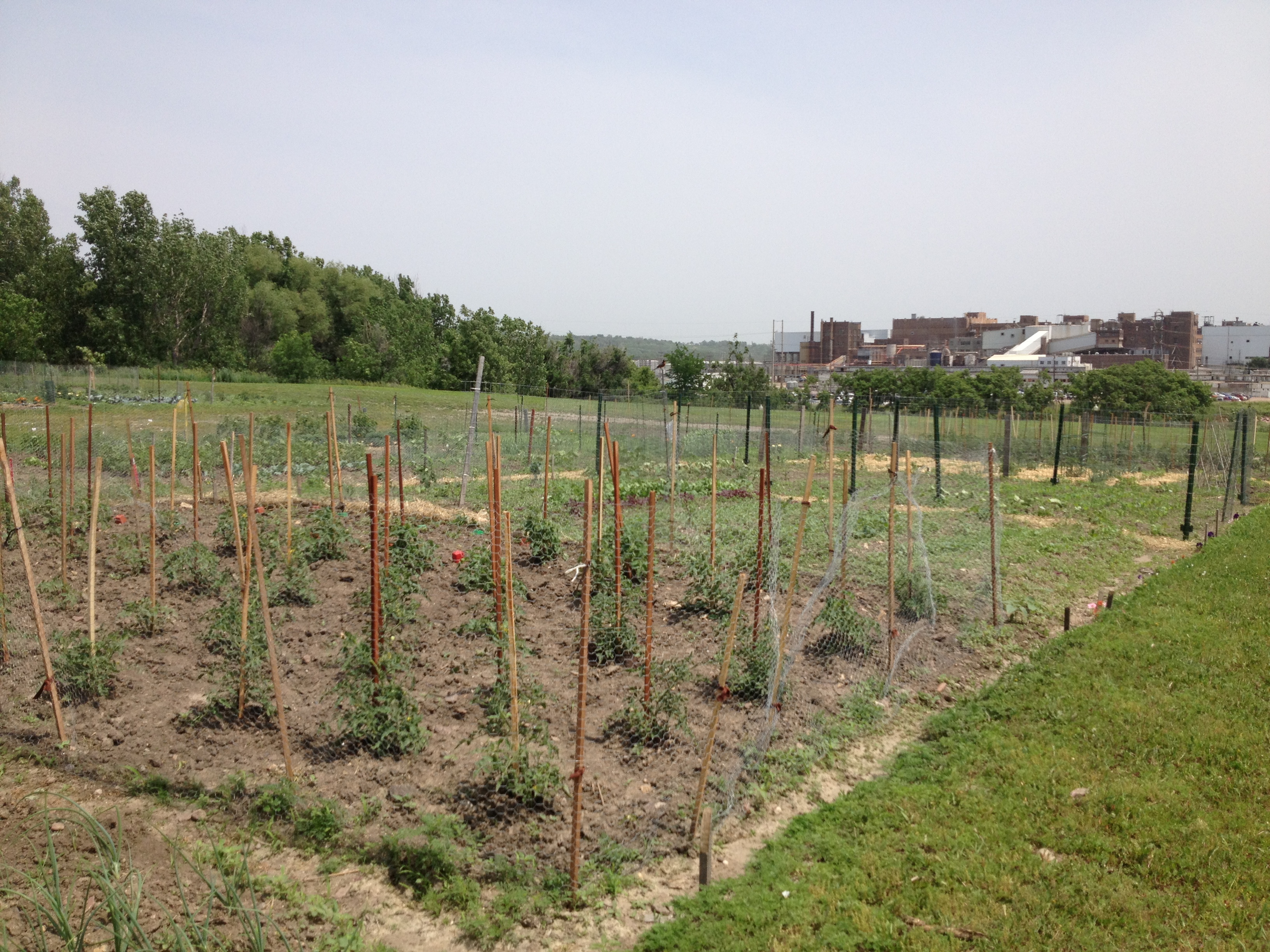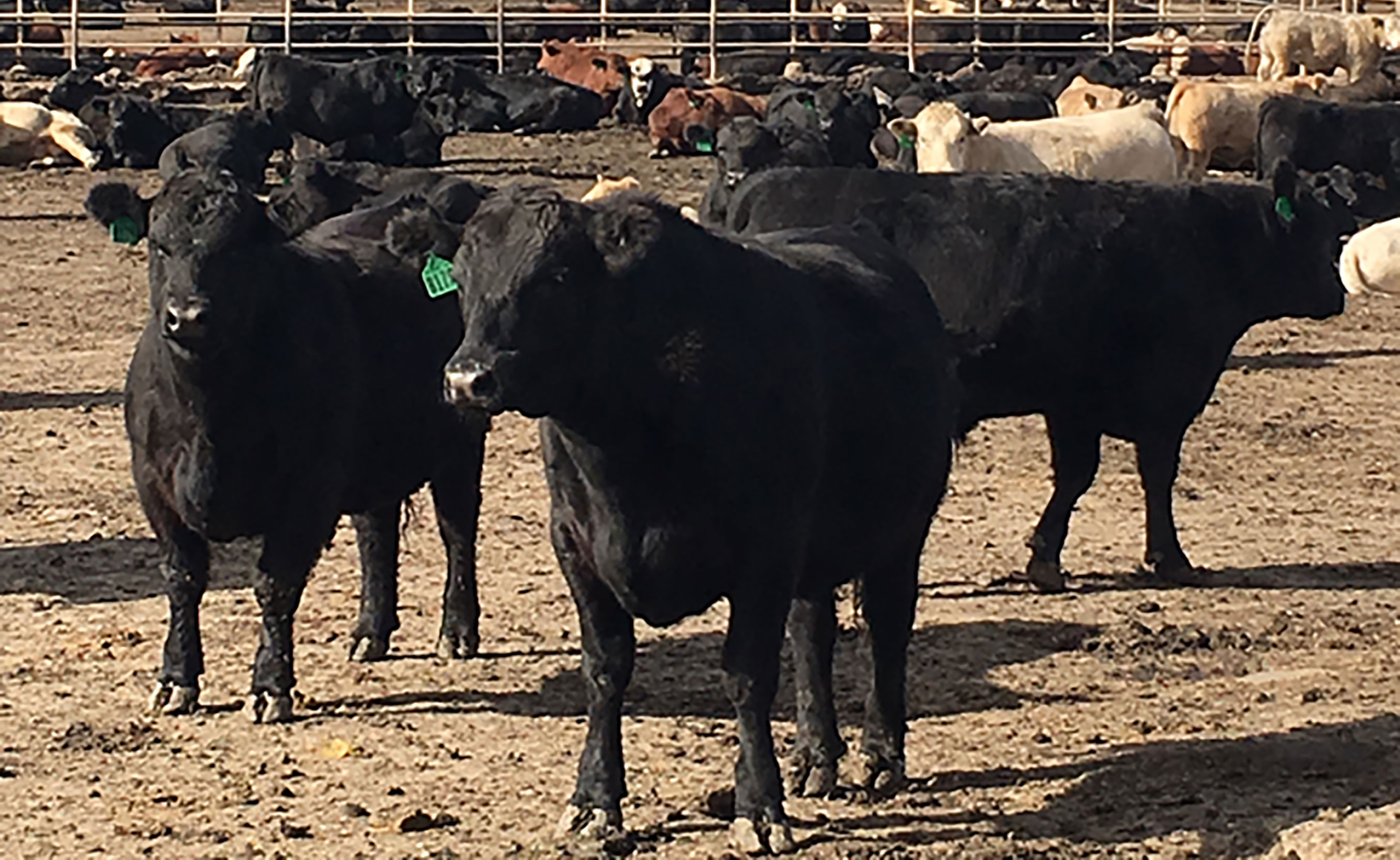Search

Ages & Stages in the Garden: Ages 6-8
A garden can be used to teach many concepts to a board range of ages. When working with early elementary youth you will want to consider characteristics of their development when planning lessons and activities.

Agritourism
When a producer has decided to sell a product directly from the farm, entertainment or tourism-based activities could be incorporated to create larger appeal. Agritourism could add value to the farm visit though education, entertainment, outdoor recreation, dining, relaxation or other avenues, potentially drawing more customers in.

Community Gardens: Garden Rules - Operational Guidelines
When developing garden rules or participate guidelines it is important to address activities related to the operations of the garden. Clearly state that gardeners are expected to maintain their plot for the entire season and list the dates of the season during which they are responsible.

Fire Blight
Fire blight is a disease that can infect apples, pears, and certain ornamental species including crabapples, cotoneaster, and mountain ash. Occasionally it may also appear on cherries, plums, Juneberry (also called Serviceberry or Saskatoon), and raspberry. This disease, caused by the bacteria Erwinia amylovora, can damage blossoms, fruit, leaves, shoots, and branches. If it is not controlled, fire blight may kill the entire tree or shrub. Infected tissue cannot be cured, but will need to be removed from the tree to prevent further spread.

Growing Sweet Corn in South Dakota
Sweet corn is a delicious vegetable enjoyed by both kids and adults. It is popular in the mid-to-late summer and is often bought at stands on street corners and grocery stores throughout small towns in South Dakota. What many people don’t know, however, is that sweet corn is a remarkably easy vegetable to grow yourself. All you need are a few essential materials and some basic knowledge to grow your own delicious sweet corn.

SDSU Extension Master Gardener Program Volunteer Policy Guide
This guide offers current and prospective SDSU Extension Master Gardeners information on: applying for the program, maintaining certification, categorizing and reporting service hours, understanding the various levels of volunteer service and much more!

Stretching Corn Silage Supplies
During the 2002 drought there was a need to stretch corn silage supplies as a result of the drought that affected the U.S. Now we deal with the opposite scenario, where excessive spring rains have not allowed farmers to get to the fields. In both situations livestock producers face challenges.

Big Sioux River Flood Information System Sees Heavy Use During Spring 2019
The Big Sioux River Flood Information System is the result of a combined effort between the SD Department of Environment and Natural Resources, local governments, and private industry, to create a product that can be used to predict the impact of flood events in the Big Sioux River Basin.

Selling Juice in South Dakota
Understanding the regulations for selling juice in the state of South Dakota can be difficult to navigate. This article was developed to address some of the questions around juice at retail as well as selling juice at a Farmer’s Market and to also ensure that seller’s may be well informed to ensure they are selling juice that meets regulatory requirements as well ensuring the product is safe.

Drylotting Cow-Calf Pairs
Whether because of reduced forage production caused by drought, or increased competition for grazing acres, feeding lactating cows in a drylot is being at least considered as an option by more ranchers.